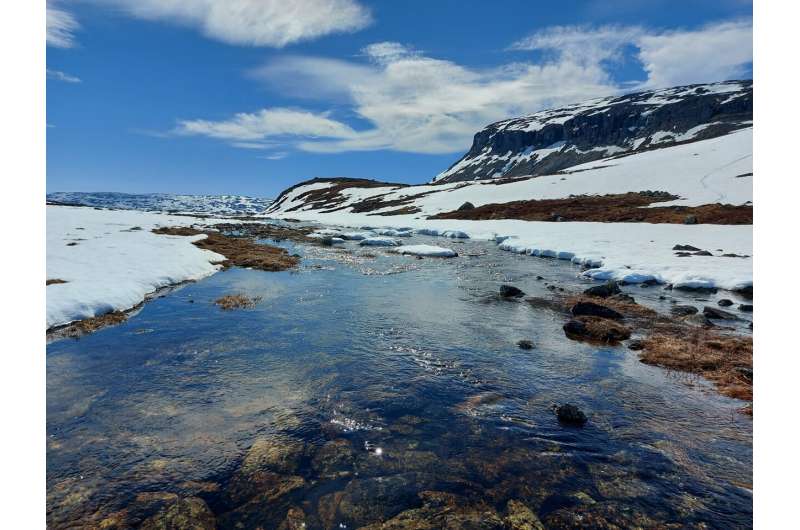Shifting signatures of climate change reshuffle northern species

Analysis of long-term monitoring data for almost 1,500 species in Finland shows that four decades of climate change has led species to shift between the "better" and "worse" parts of their climatic niches, and that these impacts were most pronounced at higher latitudes.
Climate change is occurring at unprecedented rates, particularly in northern regions, making it a major threat to biodiversity and ecosystem integrity. Species shifting their distributions is a well-established consequence of climate change. We know less about how changing climatic conditions may cause species to shuffle between the "good," "optimal" and "worse" parts of their niches, that is, the conditions that species can tolerate.
A new study led by researchers of the University of Helsinki leverages the unique national treasure trove of long-term monitoring data in Finland and reveals just how large the impacts of climate change have been. The researchers collated distribution data for 1,478 species of birds, mammals, butterflies, moths, plants and freshwater phytoplankton, and analyzed species-specific responses to multiple climatic variables.
Over the past four decades, the climate has changed substantially, with increasing temperatures and shorter duration of snow cover. Now, conditions in the middle part of Finland resemble what they used to be for the south, and the north has inherited the climate of the mid-country.
These changes directly impact biodiversity, so that a large proportion of species have shifted between the "good," "ideal" and "worse" parts of their climatic niches. For some species, a warmer climate has been beneficial. But for others, the climate is already becoming too warm—where before, rising temperatures would favor their occurrence, further warming will now make them decline. That is, with progressing climate change, conditions can turn more or less advantageous for individual species, and these changes have been particularly pronounced in the far North.
"Our results reveal a clear signal of more species responses towards the pole, where changes in climate have also been stronger," says Laura Antão, one of the lead authors of the study. "We also showed that the importance of temperature and snow duration varied between the different groups of species."
The divergent signatures of climate change raise concerns about the future integrity of these ecosystems. "If species which depend on one another respond in different directions, or to different variables, then this can affect entire communities and ecosystems," added Benjamin Weigel, the second lead author of the study.
The study provides important insights on the effects of climate change on biodiversity. "In our study, community changes were mainly driven by species being favored or disfavored by the changes in climate, and thereby occurring more or less frequently in local species combinations. This seems to be another key effect of fast climate change—that now needs to be accounted for," says Anna-Liisa Laine, a senior author on the study.
The research was published in Nature Climate Change.
More information: Laura H. Antão, Climate change reshuffles northern species within their niches, Nature Climate Change (2022). DOI: 10.1038/s41558-022-01381-x. www.nature.com/articles/s41558-022-01381-x
Journal information: Nature Climate Change
Provided by University of Helsinki


















